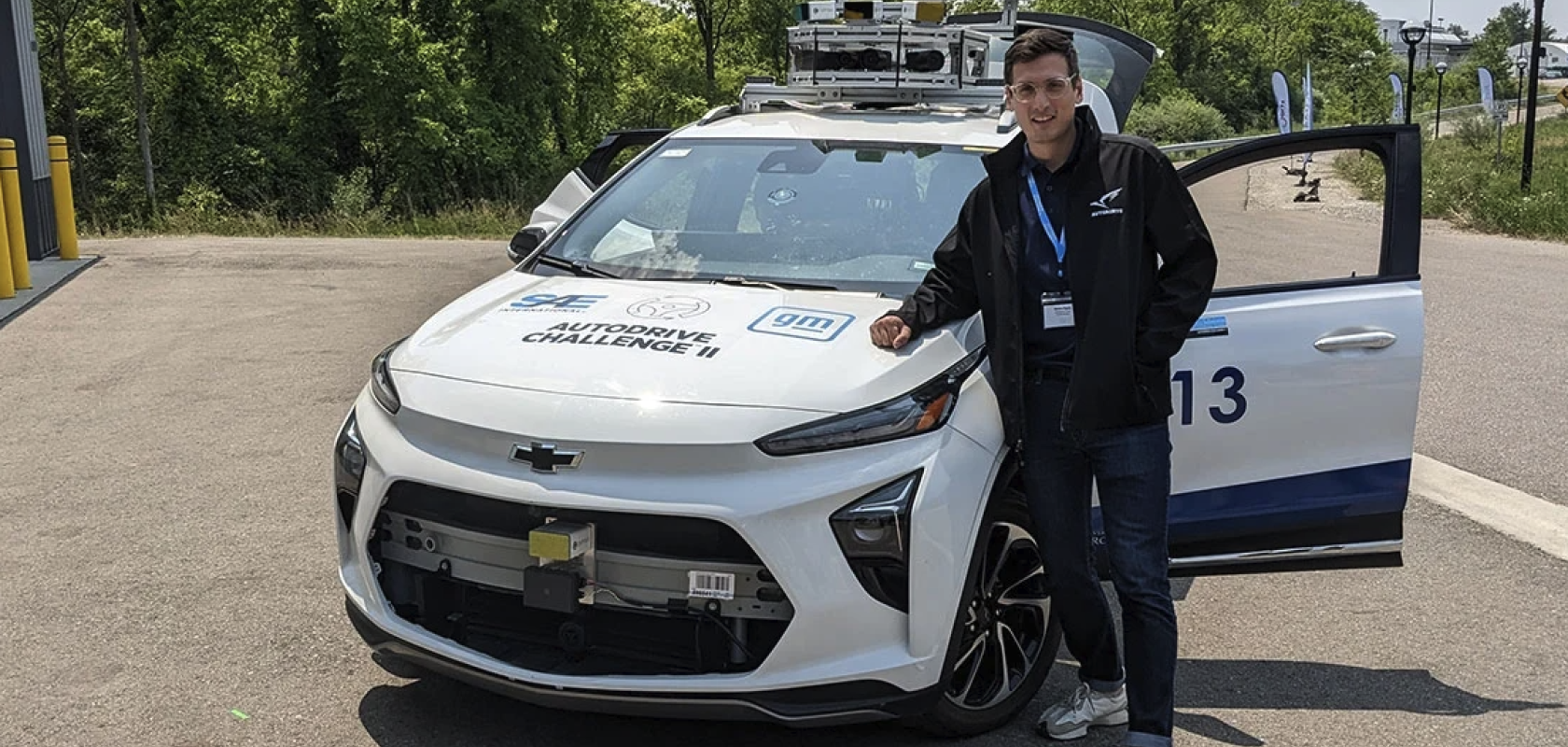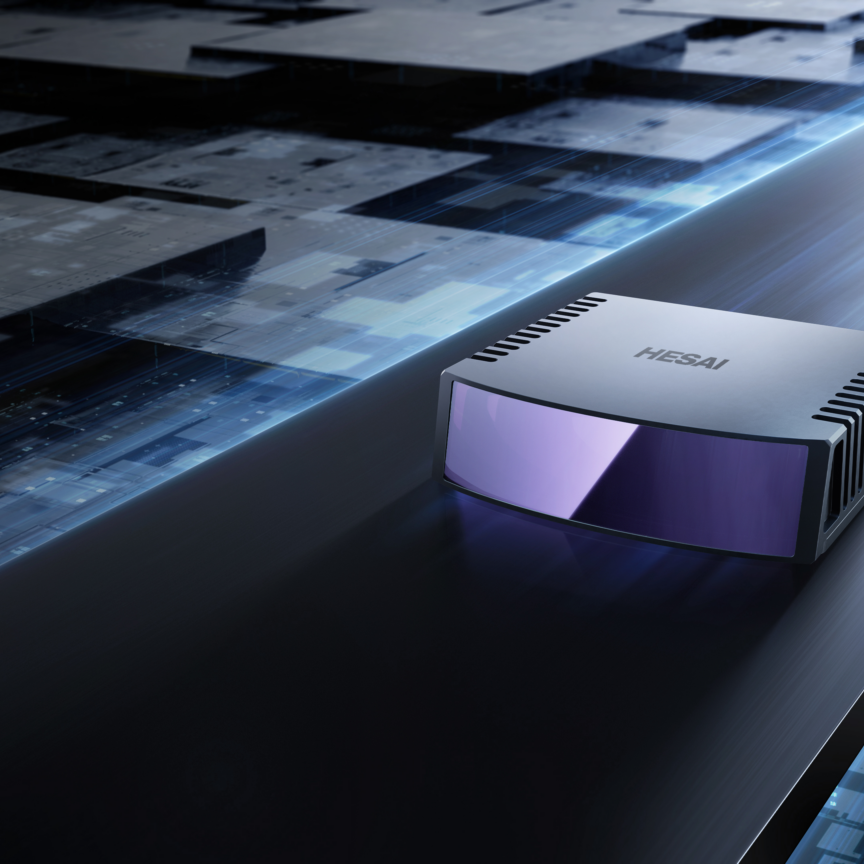The study claims a system developed by the University of Toronto Institute for Aerospace Studies (UTIAS) that collates 2D images and 3D lidar is better at predicting the future movements of road users than current autonomous vehicles.
According to a new paper, a method developed by the University of Toronto Institute for Aerospace Studies (UTIAS) uses additional temporal information to detect the position and motion of road users. By collecting tracking information from computer vision sensors including 2D camera imaging and 3D lidar scanning, and filtering ten times per second at each time stamp, the system uses two different types of multi-object tracking tool to predict the future movement of objects, the Sliding Window Tracker (SWTrack) and UncertaintyTrack.
“Once processed, it allows the robot to develop some reasoning about its environment,” said Sandro Papais, a PhD student at UTIAS in the Faculty of Applied Science & Engineering and co-author of the paper. “For example, If a human crosses the street at an intersection or a cyclist changes lanes up ahead, the robot’s software tries to link the current detections with the objects it saw in the past at each time stamp. But it can only go back so far in time.”
Open-source data used for algorithm training of SWTrack
Using AV (autonomous vehicle) data obtained through the nuScenes dataset for vehicles operated on roads and in cities, the researchers trained and validated their algorithm to ensure its efficacy. “SW Track widens how far into the past a robot considers when planning, instead of being limited by what it just saw one frame ago and what is happening now,” said Papais.
The obtained data found that five seconds was the optimal time to improve tracking performance – with anything longer slowing down computation time. “Most tracking algorithms would have a touch time reasoning over some of these temporal gaps,” said Papais, “but in our case we were able to validate that we can track over these longer periods of time and maintain more consistent tracking for dynamic objects around us.”
Leveraging probabilistic object detection
The second tool intended for the use of predicting future movement, is UncertaintyTrack, a collection of 2D tracking-by-detection methods that leverage probabilistic object detection. “Probabilistic object detection quantifies the uncertainty estimates of object detection,” said Chang Won (John) Lee, co-author of the paper. “The key thing here is that for safety-critical tasks, you want to know when the predicted detections are likely to cause errors in downstream tasks such as multi-object tracking. These errors can occur because of low-light conditions or heavy object occlusion.”
But “probabilistic object detectors aren’t currently used in multi-object tracking [systems],” said Lee, and these uncertainty estimates are crucially important to predict when the model’s predictions themselves are likely to give errors. “We desperately need AI methods that can understand the persistence of objects over time, and ones that are aware of their own limitations, and will stop and reason when something new or unexpected appears in the path,” said Steven Waslander, director of UTIAS’ Toronto Robotics and AI Laboratory and co-author of the paper, and “this is what our research aims to do.”


